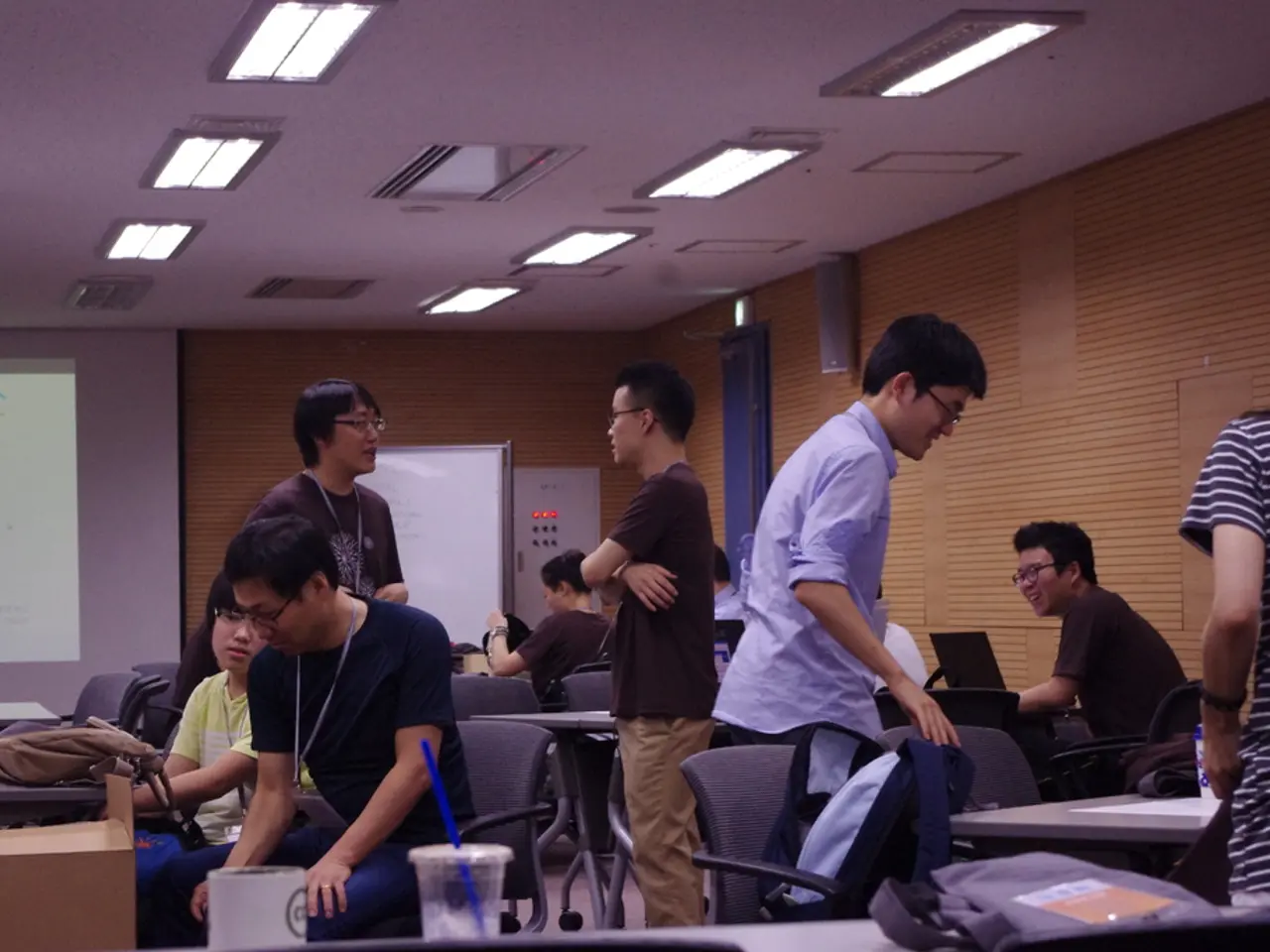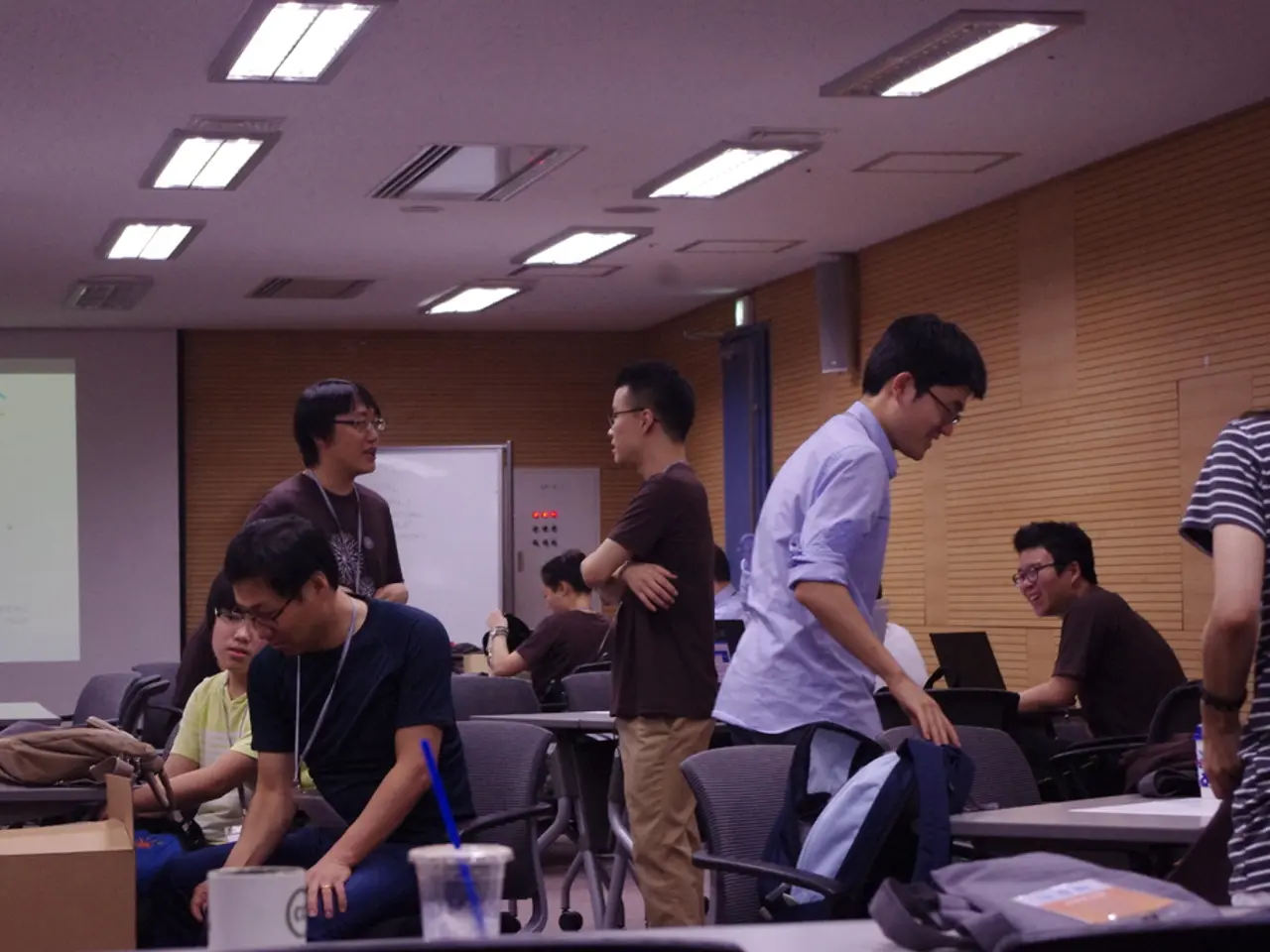Boosting Approaches to Motivate Individual Goal Achievement
Integrating personal goal setting into the classroom can significantly enhance student well-being and academic success by fostering self-directed learning, motivation, and resilience. This article outlines effective strategies for integrating personal goal setting, drawing on current best practices.
**Modeling and Transparency**
- Teacher Modeling: Educators should model the goal-setting process by sharing their own goals and the steps they take to achieve them, including their "frog" (most challenging task). This demonstrates that even adults face obstacles, making abstract concepts more relatable and tangible for students. - Classroom SMART Goals: Collaboratively create a class-wide SMART (Specific, Measurable, Achievable, Realistic, Timebound) goal that addresses a common challenge. For example, improving focus during independent work by using silent work strategies and tracking progress. This shared objective fosters a sense of community and mutual support. - Transparent Reflection: Encourage open discussion about why certain goals are challenging and how students can identify and break down barriers. This builds a classroom culture where struggle is normalized and growth is celebrated.
**Structured Goal-Setting Frameworks**
- SMART Goals: Teach students to use the SMART framework for both academic and personal goals, ensuring these goals are clear, trackable, and attainable. This transforms vague aspirations into actionable plans and helps students develop self-regulation skills. - Portfolios and Data Tracking: Provide students with tools such as goal-setting forms or data portfolio templates. Having students regularly revisit and update their goals reinforces ownership and accountability, while visually tracking progress can be highly motivating. - Aligned Goals: Support students in aligning their academic goals with personal interests, values, and long-term aspirations. This relevance increases intrinsic motivation and commitment.
**Engagement and Support**
- Interactive Activities: Use video lessons, games, and group activities to make goal setting engaging and relatable. Interactive methods help students internalize the process and see its relevance to their everyday lives. - Peer and Coach Support: Encourage peer feedback and mentorship, or involve life coaches who can guide students in setting and achieving individualized goals. External support can help students navigate setbacks and stay on track. - Recognition of Progress: Celebrate milestones, no matter how small, to reinforce persistence and a growth mindset. Recognizing effort, not just achievement, helps students build confidence and resilience.
**Fostering a Growth Mindset**
- Reflective Practice: Incorporate regular opportunities for self-reflection, allowing students to assess what’s working, what isn't, and how to adjust their strategies. This builds self-awareness and adaptability. - Normalizing Struggle: Create a classroom environment where students feel safe to share challenges, ask for help, and learn from setbacks. A supportive climate reduces anxiety and promotes well-being. - Linking Goals to Broader Life Skills: Explicitly connect goal-setting practices to broader life skills such as time management, organization, and perseverance. This reinforces the importance of goal setting beyond the classroom.
By thoughtfully integrating these strategies, educators can create a classroom environment where goal setting is not only a tool for academic improvement but also a foundation for lifelong well-being and success. Research shows that students who set personal goals are better equipped to navigate academic pressures and distractions. Goal setting apps and tools offer user-friendly interfaces, task management, progress tracking, and visualization features. Personal goal setting empowers students by instilling a sense of ownership and direction in their educational journey. Fostering a lifelong practice of personal goal setting involves integrating goal setting into daily routines and instilling a growth mindset. Clear communication strategies, like active listening, open-ended questions, and positive reinforcement, are essential for discussing personal goals effectively. Involving parents and guardians in the goal-setting process creates a supportive network that reinforces the importance of personal goal setting. Integrating effective strategies for personal goal setting creates a supportive environment that promotes growth and development. Utilizing technology for goal tracking can significantly enhance a student's ability to monitor and achieve their objectives.
- Educating students on using e-learning platforms for setting personal goals, such as goal-setting apps, can provide an additional avenue for personal growth, aligning with the emphasis on lifelong learning and self-development.
- Embracing personal goal setting as a key component of education-and-self-development curricula can empower students, fostering their resilience, self-motivation, and overall personal growth, extending beyond the classroom and into their future.




